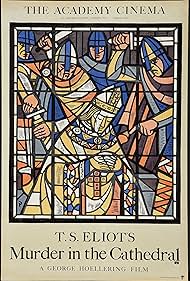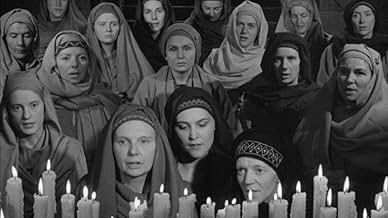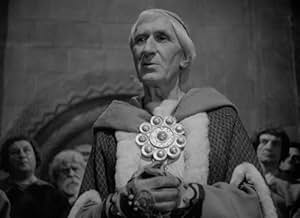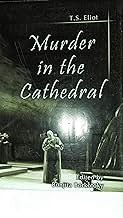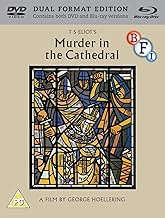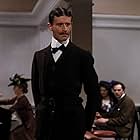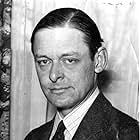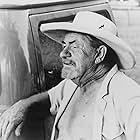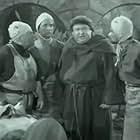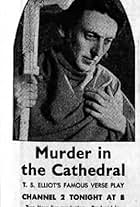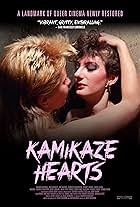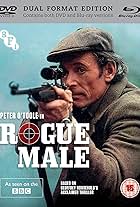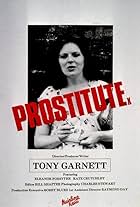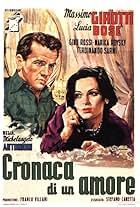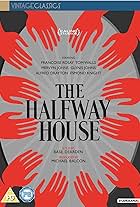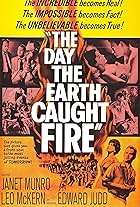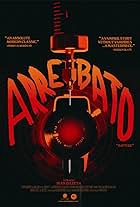If ever there was a cinematic labor of love, then George Hoellering's 1951 adaptation of T. S. Eliot's verse drama MURDER IN THE CATHEDRAL is it. Shot in black and white on a limited budget and using mostly amateur performers, MURDER is nonetheless a very powerful film. That power comes from the simple settings, the striking cinematography, the authentic 12th century costumes, and the remarkable poetic dialogue of T. S. Eliot. The plot of the movie, like the play, centers around the murder on December 29, 1170 of Thomas Becket, the Archbishop of Canterbury. Within that historical framework, Eliot focuses on Becket and his inner conflicts based on the knowledge that unless he flees or submits to King Henry II, he will likely be murdered.
The crux of the movie takes place in the middle as Becket faces three tempters patterned after the Temptations of Christ. One offers him safety, another riches, and the third asks him to betray the King. Eliot adds a fourth tempter (who does not appear but is voiced by Eliot himself) that is Becket's own conscience who urges initially urges him to do the right thing (martyrdom) but for the wrong reason (self-glorification). Once Becket has resolved his spiritual crises then he is ready to embrace his fate. An earlier scene lays out the conflict between the Archbishop and King Henry II. The king hoped to combine secular and ecclesiastical law by making his chancellor Becket head of the Church but Becket turned against him determined to keep the two separate.
Director Hoellering casts a real life cleric, Father John Groser, as Becket. It is a perfect choice as Groser doesn't appear to be acting yet he knows how to deliver the lines that express conflict between the spiritual and the secular. There is also an amateur group of women that act like a Greek chorus. They comment on the action while speaking in Eliot's blank verse. Other non-professionals make up a combination of priests, knights, and barons. The few professionals that are used come from the Old Vic and include Alexander Gauge as King Henry II and Leo McKern as one of the four assassins. Gauge would later play Friar Tuck in Richard Greene's ROBIN HOOD while McKern had a long film career and is best known for RUMPOLE OF THE BAILEY.
MURDER IN THE CATHEDRAL was long unavailable until the British Film Institute released it as a dual format set in 2015. In addition to MURDER, the set contains 3 short films by Hoellering. They are the 1944 MESSAGE FROM CANTERBURY, the fascinating SHAPES & FORMS from 1950 which compares Primitive & Modern Art, and a tribute to the Scottish GLASGOW ORPHEUS CHOIR. All of the films have been digitally re-mastered with the look and sound being very good. The much needed subtitles are greatly appreciated. Both formats feature the 114 minute British release while the Blu-Ray also contains the uncut 139 minute Venice Festival presentation. It's definitely a title of limited appeal but for some, like myself, it's a remarkable achievement...For more reviews visit The Capsule Critic.
